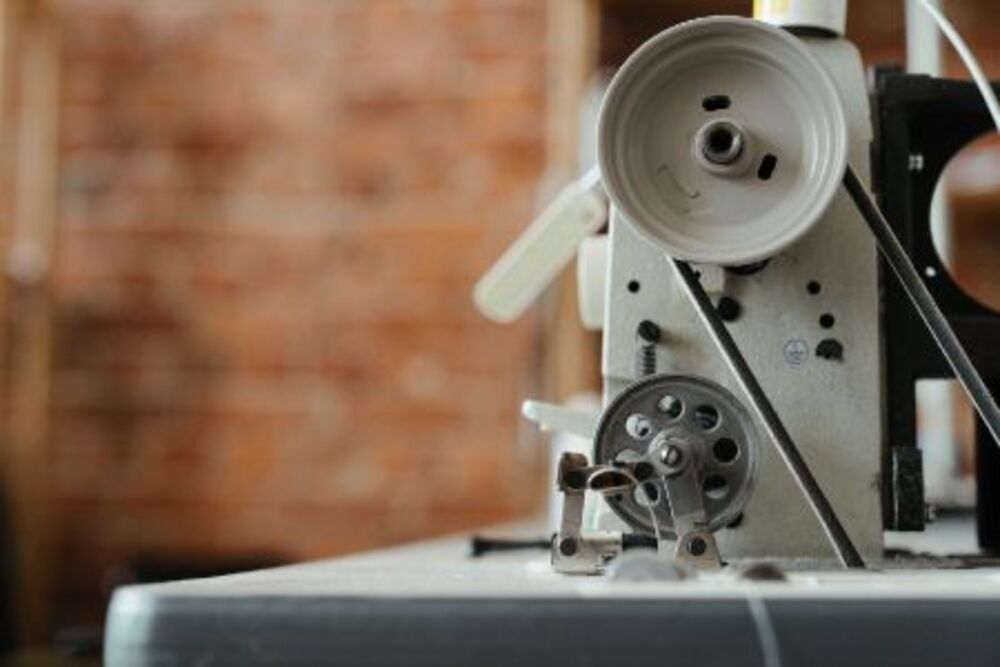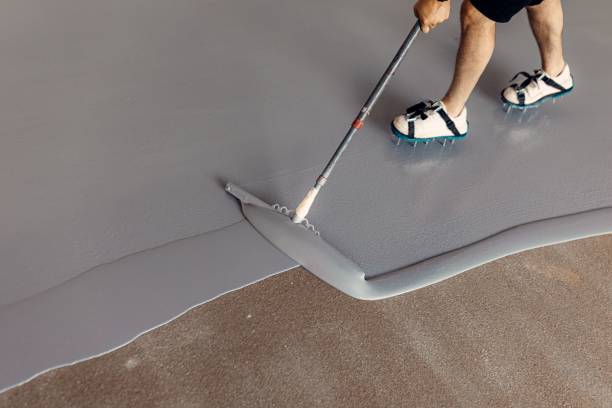Learn How to Sew With Your Sewing Machine

If you want to learn how to use your best sewing machine with embroidery, there are some things you should know. These include threading your machine, setting the stitch width and securing it.
Threading a sewing machine
Threading a sewing machine is quite simple if you follow the instructions. If you want to do this correctly, it is a good idea to take your time and focus on what you are doing.
To start, put a spool of thread on the spool pin. Some machines have a horizontal spool pin that is placed on the side, while others have a top-loading spool. The spool pin should be covered with a spool cap.
Next, you will need to find the thread guide. A thread guide is a small loop or metal hook that guides the thread from its spool to the needle. Most machines have two or three guides, but the best ones are found on the front of the machine. Each guide has an indicator arrow that points in the direction the thread should be going.
Once you have found your guide, it is time to pull the thread through. Some models of sewing machines have an uptake lever, which moves with the same speed as the needle. This means that you can move it to the furthest point for threading.
Once you are done, your bobbin is ready to be inserted into your bobbin holder. You should also make sure that the bobbin is full. You can grab the bobbin with your thumb or index finger.
It is also a good idea to remove the presser foot. This will give you more space to work. In addition, removing the presser foot is a necessary step if you are threading a higher thread.
You can find a user manual if you need assistance. This will explain the functions of each part of the machine. It should also give you good advice on what you can do if you have problems.
It is a good idea for you to practice simple projects while you thread a sewing machine. This will help you become familiar with the machine’s settings and functions. Make sure that you clean the machine before and after using it.
As a final note, it is important to keep your fingers out of the way. You don’t want them to get caught in the wrong place and cause trouble.
Adjusting the stitch width
If you’ve ever had trouble sewing, or have a project that needs a little extra attention, you may have wondered how to adjust the stitch width on your machine. You can adjust the stitch width to get a better result for your construction and sewing projects.
A dial or knob is included in most sewing machines that allows you adjust the stitch width. This helps you to find the right length to suit your fabric and the pattern you’re stitching. The stitches you get will depend on the type of fabric, the pattern, and the thread you use.
First, you should read the owner’s manual for your sewing machine. It should include a list of adjustments as well as their suggested settings.
Once you’ve determined the ideal stitch length for your project, you can start experimenting with different fabrics. A short stitch is often needed for sheer fabrics.
For heavier or more durable fabrics, a longer stitch is required. Longer stitches will also protect the fabric from pulling. They’re also easier to gather and remove. But if you’re doing decorative stitches, a wide stitch is usually more desirable.
Stitch length is also determined by the kind of seam you’re making. For instance, basting and top-stitching require a longer stitch.
When you adjust the stitch length on your sewing machine, you’ll also have to consider the tension setting. A loose stitch can look messy, but a tight stitch will create a smooth seam. You’ll also want to ensure that you are using the correct presser feet for the stitch you are planning to use.
Most sewing machines will display the stitch length in millimeters. To change the stitch length, turn the dial or knob to the left or the right.
Stitches-width controls allow you to move the needle from one side to the other when the stitch is being formed. These controls are useful when you are making a zigzag pattern.
Other machines, especially more expensive models, offer more in-depth instructions on how to adjust the stitch width and stitch length. Although the settings for each machine may vary, most owners’ manuals provide guidance on how to select the correct settings.
Threading a presser foot
The presser foot of a sewing machine applies pressure on your fabric. When threading a sewing machine, it’s important to learn how to raise and lower the presser foot properly. This will help keep your stitches straight and prevent the bobbin from engaging.
Before you start sewing, ensure that your needle is properly threaded. Most new machines come with arrows that tell you which station to place your thread in for the best results. Also, use a bobbin cover that fits into the notch on your machine.
To raise or lower the presser feet on a sewing machine, turn your handwheel to the left, right, or both depending on the machine. Some machines have a built-in thread cutter.
Threading a sewing machine requires that you can get your bobbin in and it out quickly. It can be difficult to thread a machine correctly. To remove the bobbin thread, you may need to use a seam ripper.
For the best results, you should try to position the bulk of your fabric on the left side of your machine. A stitch selector dial is also useful to select the length of your stitch.
You should also test your sewing machine’s speed and capabilities. One way to do this is by using a piece of sewing tissue. A folded piece can also work well. If you don’t have a piece of paper, you can draw a few straight lines with a pencil.
Another way to test your sewing machine is to raise and lower the presser foot. There are many types of presser feet. This is not the only way to thread your sewing machine.
For more information on threading a sewing machine, you can check the owner’s manual. In addition, there are a few online sources that provide step-by-step instructions. Before you begin sewing, however, you will need to be familiar with the process.
With a little practice, you’ll be able to sew around corners with ease. It’s a good idea for beginners to practice with smaller squares of fabric.
Securing your stitching
There are several ways to secure your sewing. Either you can hand sew it or use your sewing machine. Each method is best for a specific project and type of fabric.
Backstitch is one of the most straightforward methods. This ensures that your stitching remains secure from the beginning to the end. This is a great way to secure visible stitches. However, this is not ideal for all types of projects. Quilt piecing, for example, requires a stronger and more secure way to secure the edges.
Another quick and effective way to secure your stitching is to use a tack setting on your sewing machine. The tack setting will sew a line before the feed dogs are engaged. This will help the threads to lock together for a more secure stitch. To finish the job, you can trim or tie off excess thread.
A locking lock stitch is an excellent option for sewing with fine fabrics and delicate seams. Hand-locking a lock stitch requires you to hold the fabric between your thumb and index finger. Pull the fabric firmly toward the back of the garment. Once the fabric is pulled, a knot will appear.
Locking lock stitches can be done manually or by using the sewing machine’s lock stitch function. If you use the hand-locking method you must ensure that you remove thread tails at the beginning and the end of each line of stitching.
Using a securing stitch is a good habit. It is a useful tool to have in your toolkit. This is especially important for heavy-wear projects, but it can also be useful for securing a variety of seams.
The right stitching technique for your project will depend on the type of fabric and the type of thread you are using. The most popular stitches are the lock stitch and zig-zag. Other stitches you may want to try are the satin stitch and the blanket stitch.






